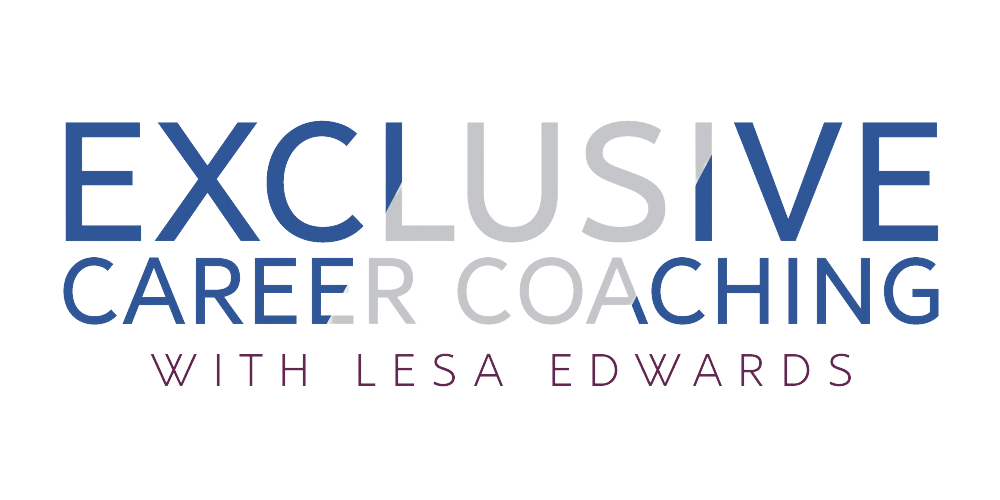030: Active vs. Passive Job Search Strategies
Active vs. Passive Job Search Strategies
For many people, their entire job search strategy is looking at job boards. While this strategy is somewhat effective for entry-level positions, it is a dangerous habit to get in to, because as you advance through your career, more senior positions will be harder and harder to access through job boards.
If you’re just starting out in your career, I recommend that no more than ½ of your job search time be spent on job boards (I recommend just 25% for my mid-career and executive clients). I also recommend that, when you are applying to a position on a job board, you:
1. Make sure it’s a position you are fully qualified for – because online job postings tend to get a massive number of applicants, it will be very difficult to land on the top of the pile unless you have EVERYTHING the employer is asking for.
2. Do one more thing in addition to just applying online – get creative here. Who can you reach out to, who can put in a recommendation for you?
Passive job search strategies are those in which you are in the passenger seat of your job search. You’re along for the ride, but in no way are you in control of when the vehicle leaves, where it goes, or when it gets to its destination.
Passive job search strategies include:
Job boards
Employer websites (just another form of job boards)
Facebook or Craig’s list job ads
Tools that showcase your skills, such as a web portfolio or personal website
Active job search strategies put you in the driver’s seat. You control when the vehicle leaves, where it goes, and when it gets to its destination.
Active job search strategies include:
Face-to-face, one-to-one networking
In-person career fairs
LinkedIn networking
Networking events – Chamber of Commerce, job networking events held in your area
Events where you can network – Rotary / Kiwanis meetings, SHRM, other professional meetings
So, let’s say you are going at your job search full-time…30 hours per week. Spend 15 hours in online activities and 15 hours in networking activities. Online activities can include all job boards – both looking for jobs, applying to those jobs, and following up afterwards. It can also include the passive activity of looking for networking events to attend. Customizing your resume for specific positions and prepping for a job interview all fall into this bucket. The 15 hours you spend in active networking should be actual networking…as opposed to researching networking events. I recommend you set some goals, such as three coffee dates each week and two group networking events. This might take eight hours of your time, so the remaining time could be spent in LinkedIn networking – connecting with key people and starting conversations with them. If this sounds like a lot of work…do you want a great job or not? Create a calendar for your job search “work week” and try to schedule activities about two weeks out, so you are keeping your networking going.
A final word: The Tommy Gun approach vs. The Bow-and-Arrow approach. The Tommy Gun approach has you “shooting” everywhere with your resume…telling EVERYONE you are job searching. I prefer a Bow-and-Arrow approach, where you are strategically aiming your arrow at the people in a position to support your job search. The Bow-and-Arrow approach allows you to focus your energies, and is less likely to result in casualties.
Are you in the wrong job that chips away at you every day? The CareerSpring document and coaching program will help you find a job that uses your zone of genius, recognizes your value, and pays you what you’re worth.
If you’re ready to take your job search to the next level by working with a highly experienced professional with a track record of client success, schedule a complimentary consult to learn more:
